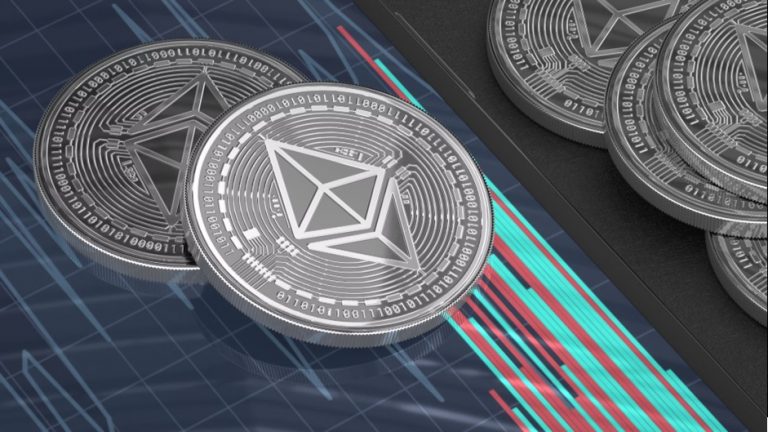
Ethereum’s latest network upgrade, dubbed ‘Dencun’, marks a significant milestone in its ongoing efforts to enhance scalability and efficiency. The deployment of Dencun is primarily aimed at reducing the notorious gas fees that have been a barrier for many users and developers on the platform.
The upgrade introduces several optimizations that streamline transaction processing and block validation. This not only accelerates the network’s throughput but also diminishes the overall demand for gas – the fee paid for executing transactions on the Ethereum blockchain.
Ethereum successfully deployed Dencun upgrade to help reduce gas fee.
Register for Tekedia Mini-MBA edition 18 (Sep 15 – Dec 6, 2025) today for early bird discounts. Do annual for access to Blucera.com.
Tekedia AI in Business Masterclass opens registrations.
Join Tekedia Capital Syndicate and co-invest in great global startups.
Register for Tekedia AI Lab: From Technical Design to Deployment.
By addressing one of the most critical pain points of Ethereum, the Dencun upgrade is expected to bolster adoption and foster a more inclusive ecosystem. Developers can now deploy smart contracts and decentralized applications (DApps) with reduced operational costs, potentially leading to a surge in innovation and user engagement.
Furthermore, this upgrade aligns with Ethereum’s transition to a proof-of-stake consensus mechanism, which is anticipated to offer additional benefits such as enhanced security and further fee reductions. The successful deployment of Dencun is a testament to Ethereum’s commitment to continuous improvement and its vision for a more accessible and efficient blockchain infrastructure.
The introduction of Ethereum blobs is poised to revolutionize the blockchain landscape. These data structures, designed for the Ethereum network, aim to enhance scalability and efficiency, potentially altering the way we interact with blockchain technology.
Ethereum blobs are a part of Ethereum’s ambitious roadmap to address current limitations and pave the way for broader adoption. By enabling more data to be included in each block, Ethereum blobs could significantly reduce transaction costs and increase throughput, making blockchain applications more accessible and practical for everyday use.
Moreover, Ethereum blobs are expected to play a crucial role in the transition to Ethereum 2.0, which introduces a proof-of-stake consensus mechanism. This shift promises to make the network more secure, sustainable, and scalable. As developers and users alike adapt to these changes, we may witness a profound impact on decentralized applications and smart contracts.
The Dencun upgrade on the Ethereum network introduces several key mechanisms that collectively contribute to the reduction of gas fees. One of the primary features is the optimization of the EVM (Ethereum Virtual Machine), which now processes transactions more efficiently. This efficiency means that complex operations consume less computational power and, consequently, less gas.
Additionally, Dencun implements a more dynamic fee structure that adjusts costs based on network congestion. During periods of lower demand, users can execute transactions at a reduced cost, while still ensuring that miners are fairly compensated for their computational resources.
Moreover, the upgrade enhances the network’s capacity to handle transactions by optimizing data storage and retrieval methods. This leads to quicker transaction validation without compromising on security or decentralization – core tenets of the Ethereum blockchain.
By tackling the issue from multiple angles, Dencun ensures a more balanced and economical use of resources, effectively driving down the gas fees that have long been a hurdle for Ethereum’s scalability and user adoption.
While it’s still early days, the potential of Ethereum blobs to change everything about our blockchain interactions is undeniable. As this technology matures, it could very well redefine the parameters of what’s possible within the Ethereum ecosystem and beyond.



